L’edificio della cantina, integrato tra il verde delle vigne e i boschi circostanti, è un luogo in cui si va realizzando un’immersione nell’enologia ideale: cemento, acciaio e vetro costituiscono il “cuore tecnologico” dell’azienda, che batte con passione e precisione, illuminato ad arte e incorniciato dall’intenso verde della campagna di Todi. La cantina non è soltanto un puro oggetto di design, ma un’architettura integrata nel paesaggio che la circonda e, nonostante la modernità delle forme, si armonizza con i luoghi, diventando lo spazio ideale in cui, seguendo i ritmi dettati dalla natura, i frutti preziosi lentamente si trasformano in vini pregiati.
La moderna struttura è concepita come uno spazio industriale abilmente progettato non soltanto come cantina ma come luogo in cui celebrare il vino come forma di arte e cultura. Dal terreno emerge un ambiente multifunzionale, destinato ad incontri culturali, mostre ed eventi. I locali destinati alla produzione, alla trasformazione e all’invecchiamento sono interrati, nel rispetto delle tradizionali pratiche enologiche, in modo da garantire la massima efficienza nei processi di vinificazione. In occasione della vendemmia, la razionalità progettuale torna a manifestarsi e le piccole cassette in cui si raccoglie l’uva vengono subito trasportate in cantina: qui solo i grappoli che hanno superato un’attenta selezione arrivano alla pigiatura. Il conferimento delle uve avviene per caduta, e i mosti e le vinacce dal piano superiore passano a quello inferiore grazie alla sola forza di gravità. Tale scelta è in linea con una filosofia di produzione orientata alla naturalezza del prodotto e al minimo intervento delle macchine.




